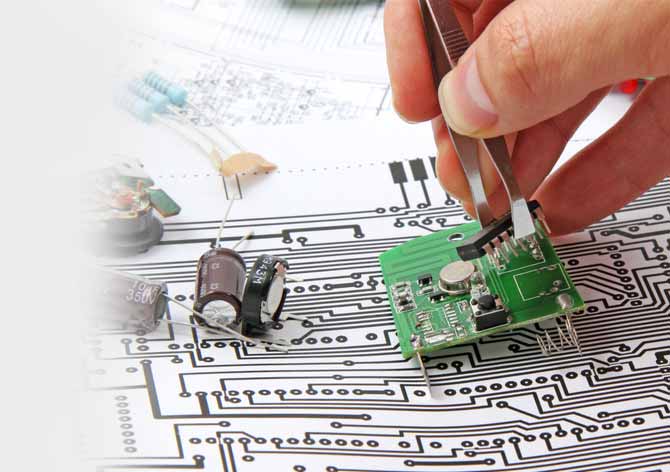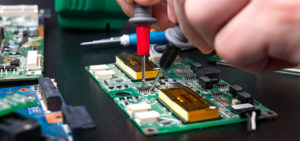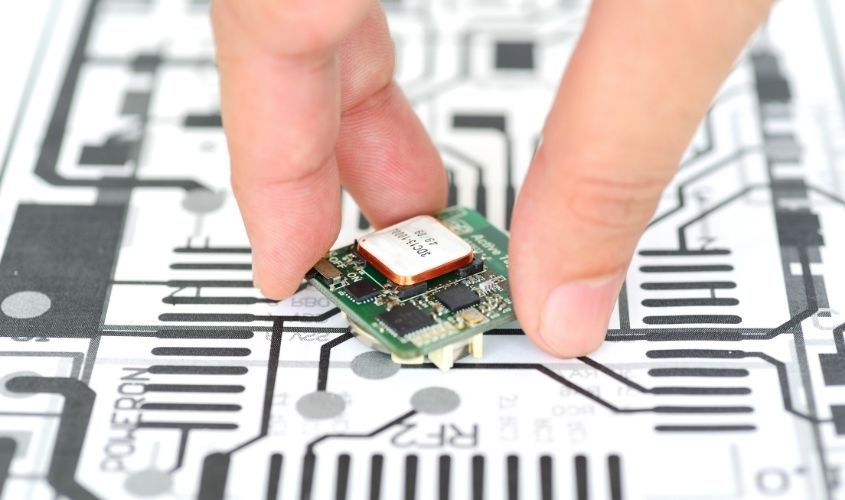Printed Wiring Board Reverse Engineering TDR & TDT Method
The easiest , most commonly used method for Printed Wiring Board Reverse Engineering is to extract velocity, is to TDR two different open ended coupons that differ only in length. Velocity is determined by subtracting the reflected delay differences between the two structures.

The purpose of two test structures is to null out determining the point where the pulse enters the test structure. Maximize the TDR time base and position cursors at the point where the reflected pulse begins to rise as illustrated in figure 17. The ∆T value as shown will be twice the actual delay difference. The delay per unit length is calculated as follows.

The best accuracy for measuring velocity characteristics with a TDR is by using the TDR in TDT mode. The TDT is completed by launching the pulse on one end of the test coupon with a 50 ohm probe and capturing the signal at both the launch point and open end with a high impedance probe as illustrated in figure 18 from Printed Wiring Board Reverse Engineering.

The advantage of the TDT over the TDR is the captured signal has propagated only once down the coupon therefore yielding a improved rise-time response. This improves the guess work involved for determining the measurement positions on the response curves when PCB Reverse Engineering.
Tags: pcb assemble reverse engineering,pcb board reverse engineering,pcb card reverse engineering,pcb reverse engineering,pcba reverse engineering,Printed Circuit Board Reverse Engineering,printed wiring board reverse engineering,pwb reverse engineering,pwba reverse engineering

